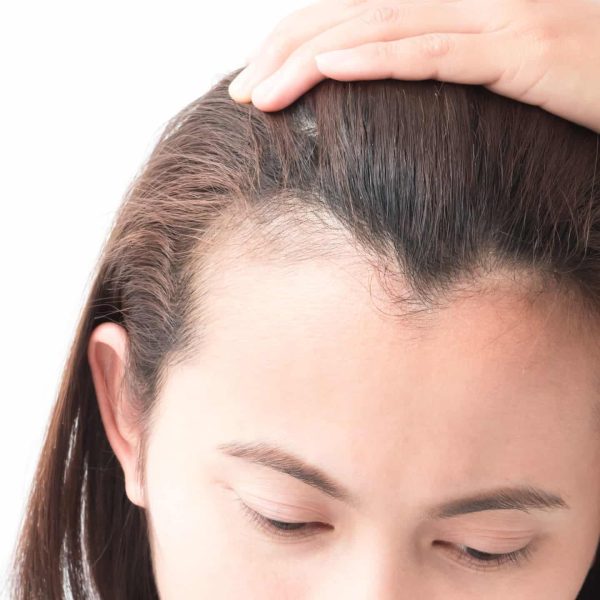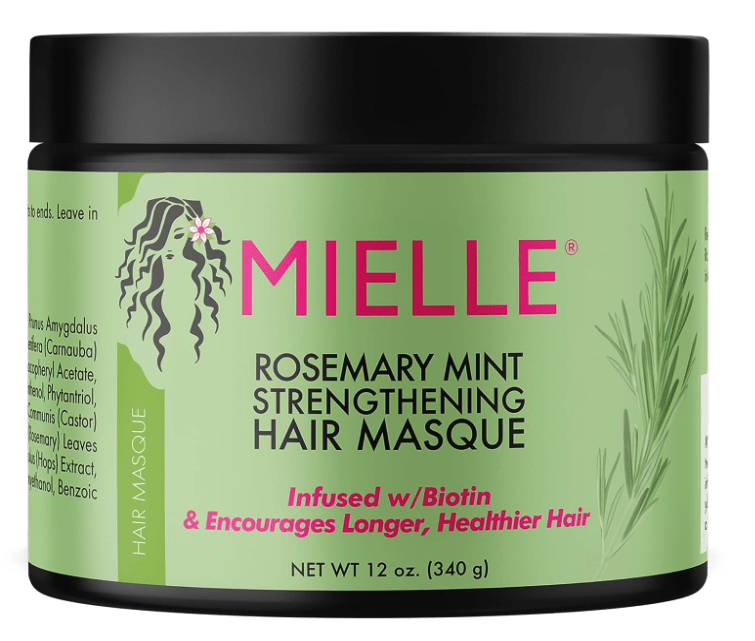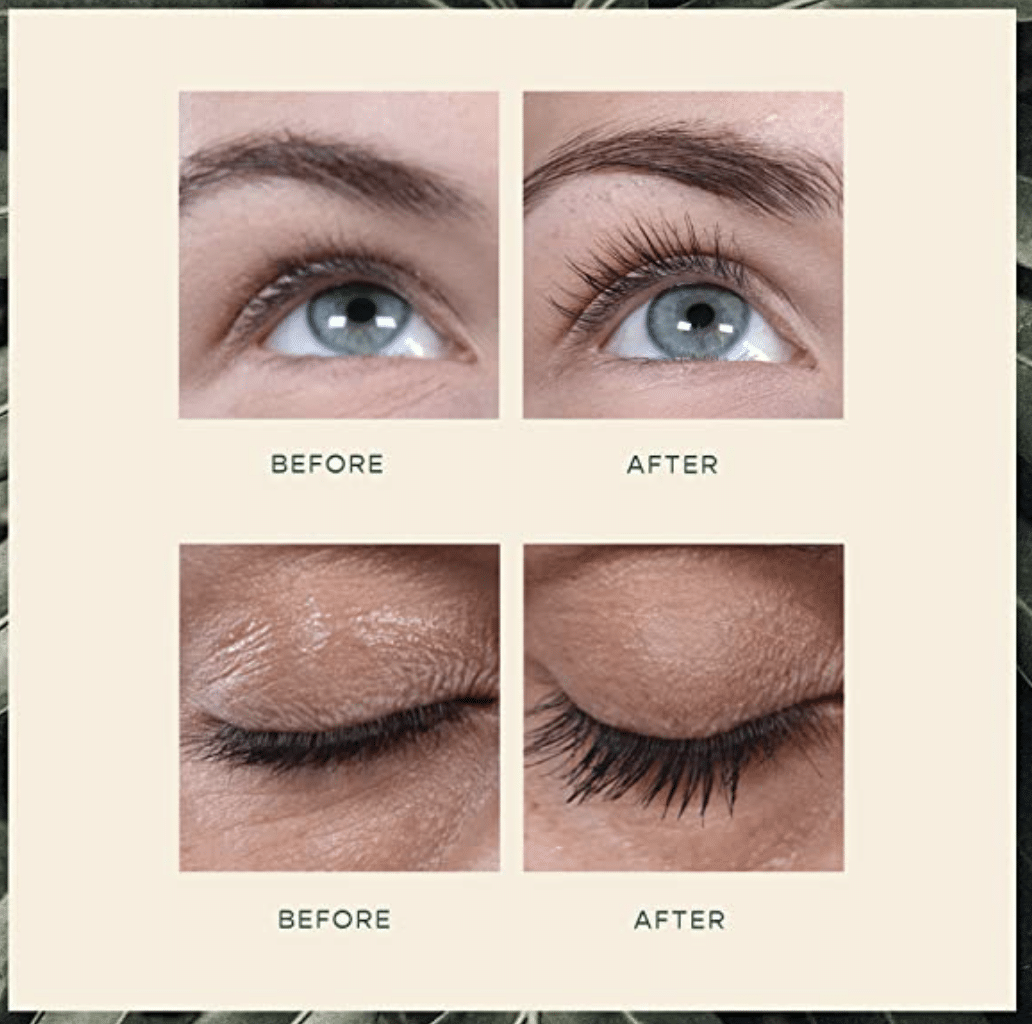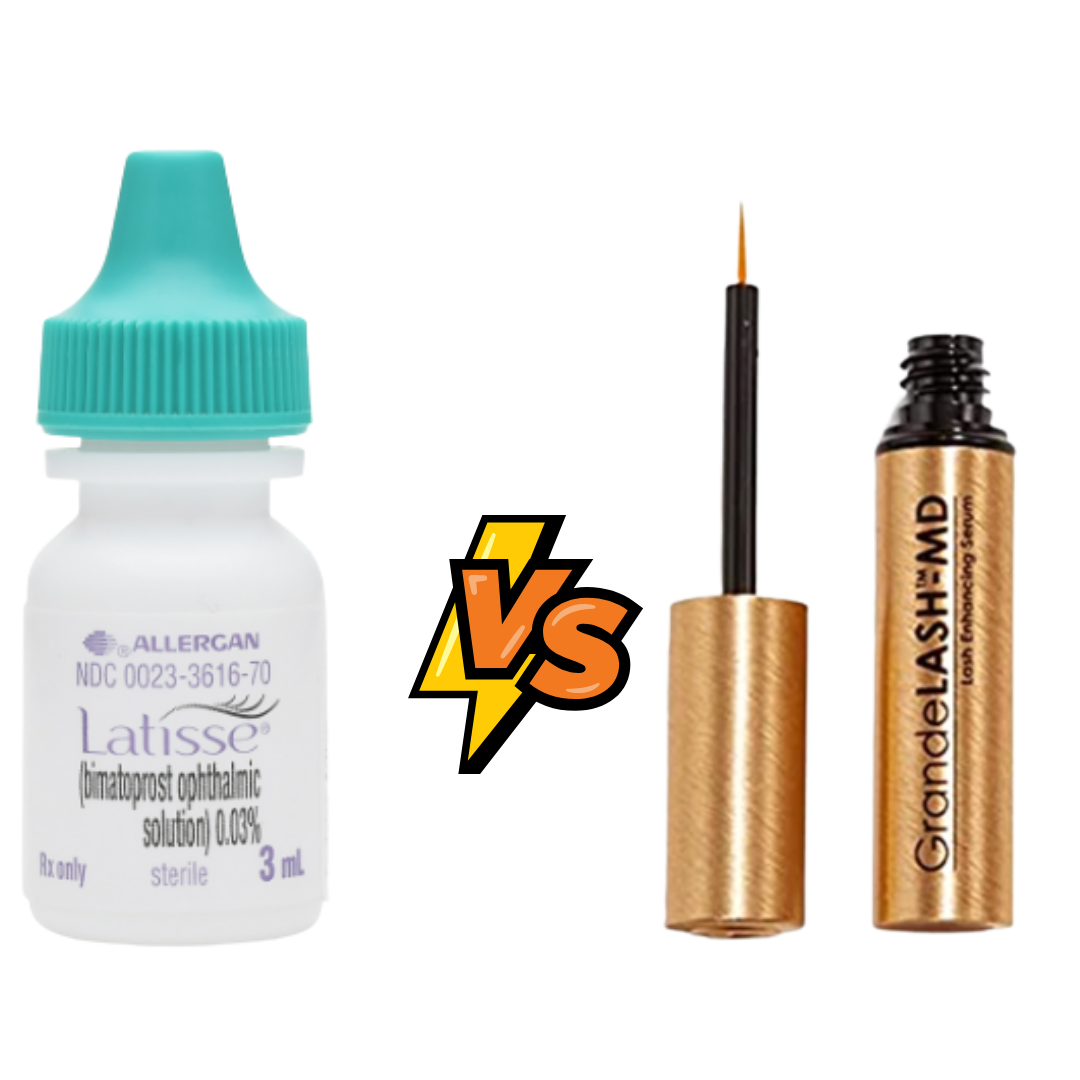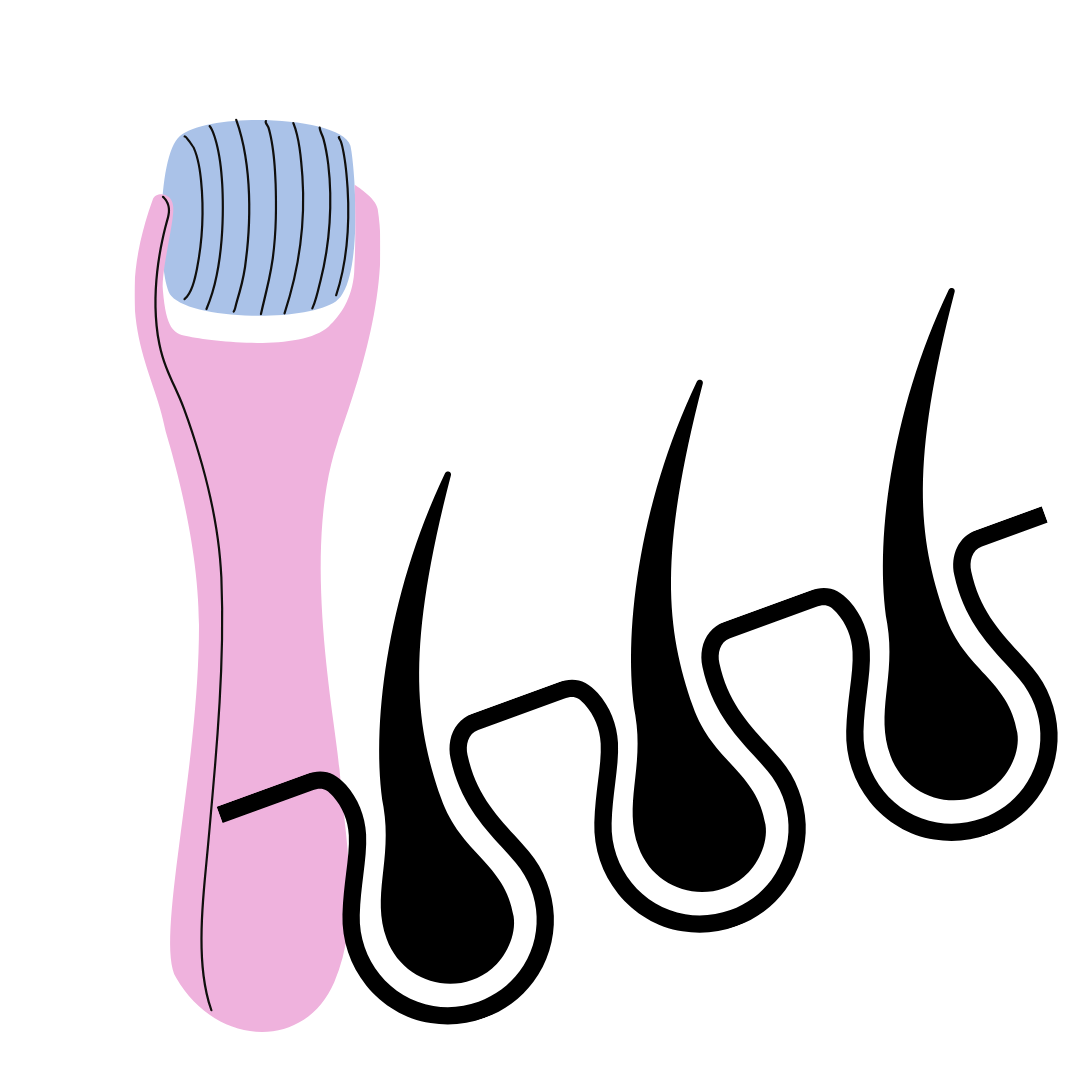How Do I Stop My Receding Hairline?
A receding hairline is a common issue faced by many men. The reasons for this can range from aging to hormones, genetics, and even disease. The most important first step is to consult with a doctor to determine the cause of your hair loss and what options are available to you. Those afflicted with receding hairlines often turn to topical treatments such as Minoxidil to help stop hair loss and promote hair regrowth.
What is minoxidil?
Minoxidil is a synthetic drug originally developed as an oral medicine for hypertension. Physicians soon discovered that applying a minoxidil solution directly to the scalp could stimulate hair growth.
Does minoxidil work?
Researchers believe that minoxidil works in part by lengthening the anagen (growing) phase of the hair growth cycle and increasing the size of hair follicles. However, the exact mechanism by which minoxidil works is unclear.
In order to continue to stimulate the growth of new hair with minoxidil, users must take it continuously. If they stop taking minoxidil, their hair loss will resume. Other drug-free hair loss solutions such as hair growth supplements nourish thinning hair in line with the natural hair growth cycle so hair growth will not immediately stop when they stop taking the supplements.
Who Gets Best Results From Minoxidil?
Minoxidil is applied to the scalp to help grow hair and prevent hair loss caused by male or female pattern baldness. This is the most common type of hair loss and runs in families.
Does Rogain Work?
Rogaine works best in people with hereditary hair loss at the vertex of the scalp (the area at the back of the head, just under the crown) or for women with general thinning of hair on the top of the scalp. Rogaine isn’t meant for a receding hairline or baldness at the front of your scalp.
Rogaine has been shown to be most effective in people under 40 years old and for those who start using it at the first signs of hair loss. It won’t help people who’ve already gone completely bald.
Don’t use Rogaine if any of the following apply:
- You don’t have a family history of hair loss.
- Your hair loss comes on suddenly and falls out in patches.
- You’re under the age of 18.
- Your scalp is red, itchy, infected, or painful to touch.
- Your hair loss is caused by hair products, chemicals, or hair grooming methods like cornrowing.
- Your hair loss is caused by another condition, like thyroid disease or alopecia areata, nutritional deficiencies, scarring of the scalp, or medications, such as chemotherapy.
- If you have heart disease, see your doctor before trying Rogaine.
Does Minoxidil Work For a Receding Hairline?
Minoxidil works by improving blood flow to the area in which it’s applied. Apply it to your scalp and it can potentially improve the supply of blood and nutrients to hair follicles, improving hair density and increasing the rate of growth.
As such, there’s no reason minoxidil shouldn’t work for a receding hairline. The hair follicles in your hairline aren’t significantly different from the others on your scalp or crown, meaning that you should still experience the benefits of minoxidil when you apply it to your hairline.
There are also countless anecdotal cases of people with receding hairlines improving growth and increasing thickness by using minoxidil.
However, right now there isn’t any detailed scientific research on the effects of minoxidil on the hairline. As such, it’s best to view minoxidil as something with potential benefits, instead of as a guaranteed way to regrow your hairline.
It’s also worth considering minoxidil in combination with a DHT blocker like finasteride. Studies show that minoxidil and finasteride can have a synergistic effect in preventing hair loss, making the two medications a popular combo for protecting your hairline and scalp from baldness.

